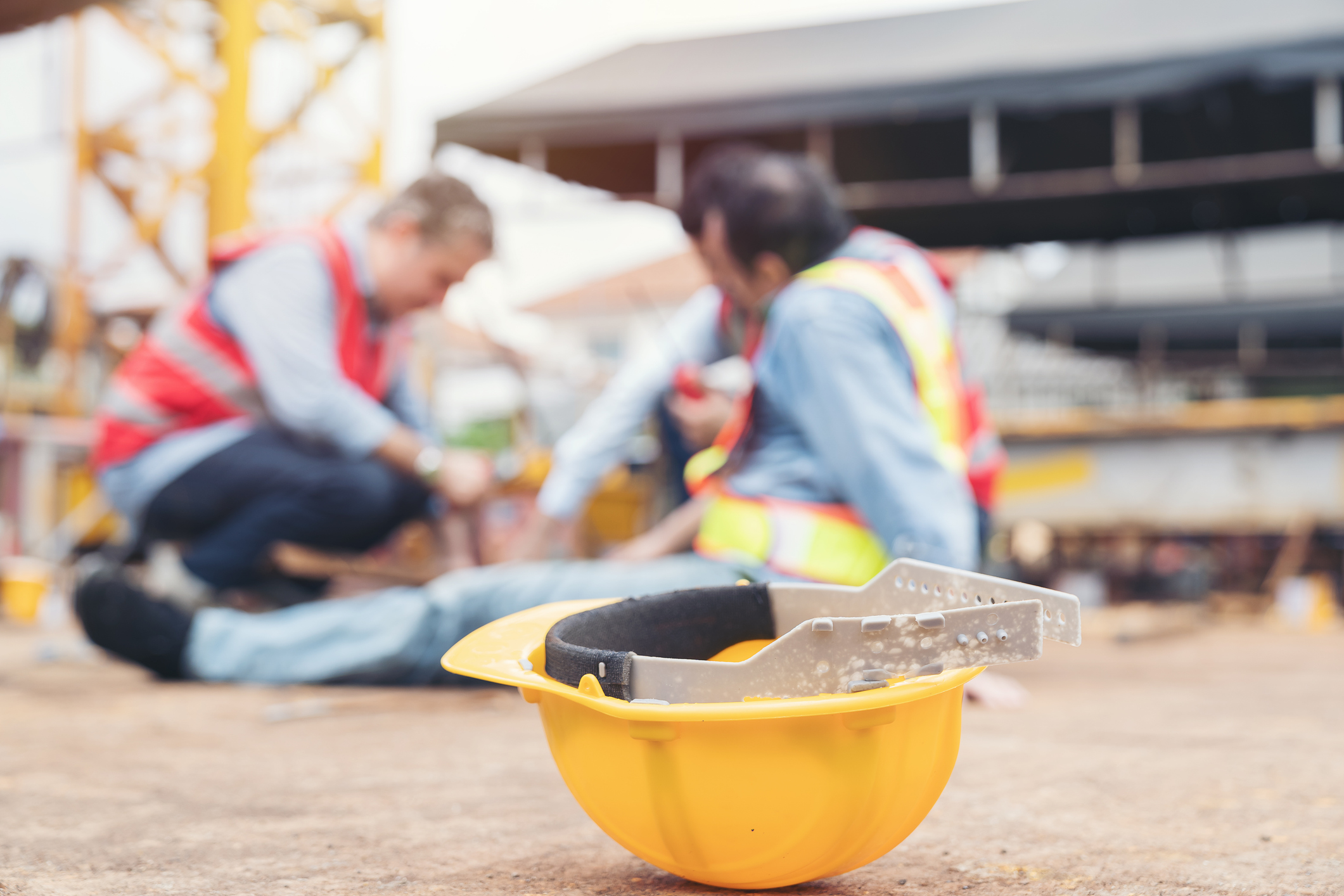WA releases high case load and close contact rules
Victorian employers are no longer required to notify WorkSafe if an employee, a contractor or a contractor's employee receives a confirmed COVID-19 diagnosis and attended the workplace within the infectious period.

New protocols have been released for when WA is in a high caseload environment, including updates to the definition of a close contact and testing and isolation protocols.
When WA reaches a high caseload environment will be based on the State’s epidemiological and outbreak response, and subject to the latest health advice.
Once a high caseload environment has been confirmed, the following will apply:
- New close contact definition
- New testing and isolation protocols
- Casual contacts will cease in WA, in line with the national approach.
Close contacts
Casual contacts will cease in WA – meaning casual contacts will no longer be subject to testing and isolation as a matter of course though people who experience symptoms should get a PCR test immediately. This is in-line with the national approach.
A close contact, in a high caseload environment, will be defined as:
- A household member or intimate partner of a person with COVID-19 who has had contact with them during their infectious period; or
- Someone who has had close personal interaction with a person with COVID-19 during their infectious period:
- That have had at least 15 minutes face to face contact where a mask was not worn by the exposed person or the person with COVID-19; or
- Greater than two hours within a small room with a case during their infectious period, where masks have been removed for this period; or
- Someone who is directed by WA Health that they are a close contact.
Testing and isolation protocols
The use of Rapid Antigen Testing (RAT) forms part of the new testing and isolation protocols once they come into effect, with PCR testing to continue in some circumstances. A registration system for positive RAT results will be in place, with more details to be released ahead of these settings taking effect.
Updated testing and isolation guidelines, in a high caseload environment, will include:
- Confirmed positive case
- Self-isolate for a minimum of seven days
- At Day 7, if symptoms still present, continue isolating until symptoms clear
- If no symptoms after Day 7, you can leave self-isolation. No testing required.
- Symptomatic close contact
- Self-isolate for seven days from the date of contact with positive case;
- Take a PCR or RAT test on Day 1 or as soon as possible
- If positive – follow positive case guidelines (as above)
- If negative – stay in isolation, take a RAT test in 24 hours and remain in isolation
- If positive – follow positive case guidelines (as above)
- If negative – and no new household members have tested positive – take a RAT test again on Day 7, before ending isolation.
- Asymptomatic close contact
- Self-isolate for seven days from the date of contact with positive case
- If symptoms develop, take a PCR or RAT test
- If positive – follow positive case guidelines (as above)
- If still asymptomatic, take a RAT on Day 7
- If positive – follow positive case guidelines.
- If negative – and no new household members have tested positive – self-isolation ends after Day 7, and people should monitor for symptoms.
- Symptomatic but not a close contact
- Get a PCR test immediately and isolation until result returned
- If positive – follow positive case guidelines (as above)
- If negative – you are not required to isolate but should stay home until symptoms clear.
- If you take a RAT, because a PCR test is unavailable:
- If positive – follow positive case guidelines (as above)
- If negative – continue to isolate and repeat RAT in 24 hours – if negative after this follow-up test, you are not required to isolate but should stay home until symptoms clear.
More information
Removal of casual contacts
Casual contacts will no longer be identified and subject to testing and isolation, however people who experience symptoms should get a PCR test immediately.
These definitions and protocols will not take effect until WA reaches a high caseload environment. WA’s existing robust test, trace, isolate and quarantine regime will continue for the time being – current definitions and protocols can be found on wa.gov.au.





